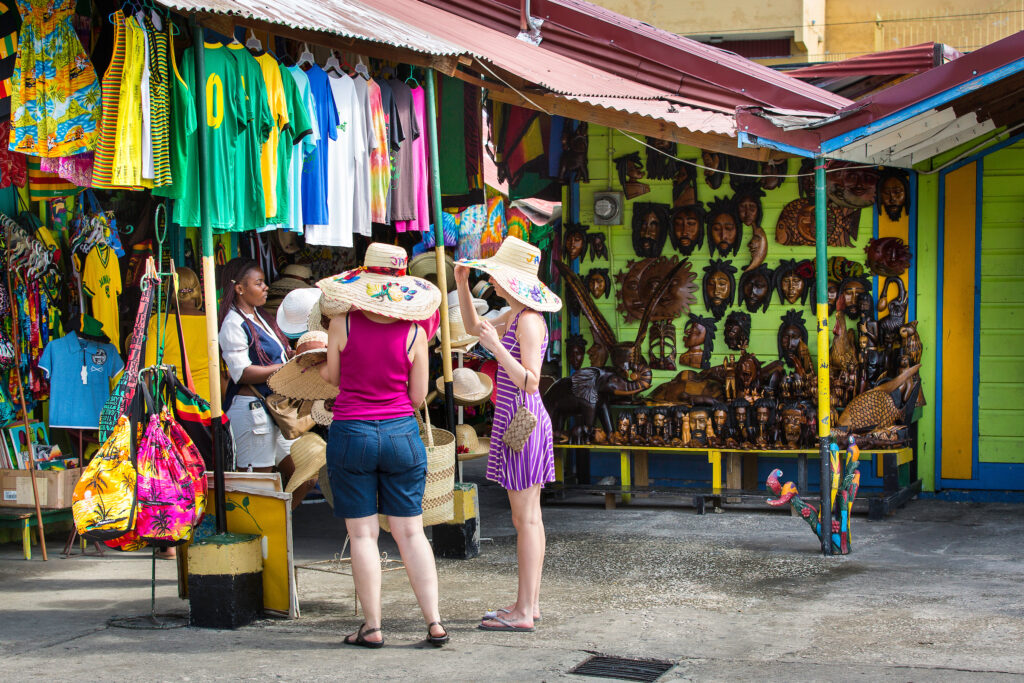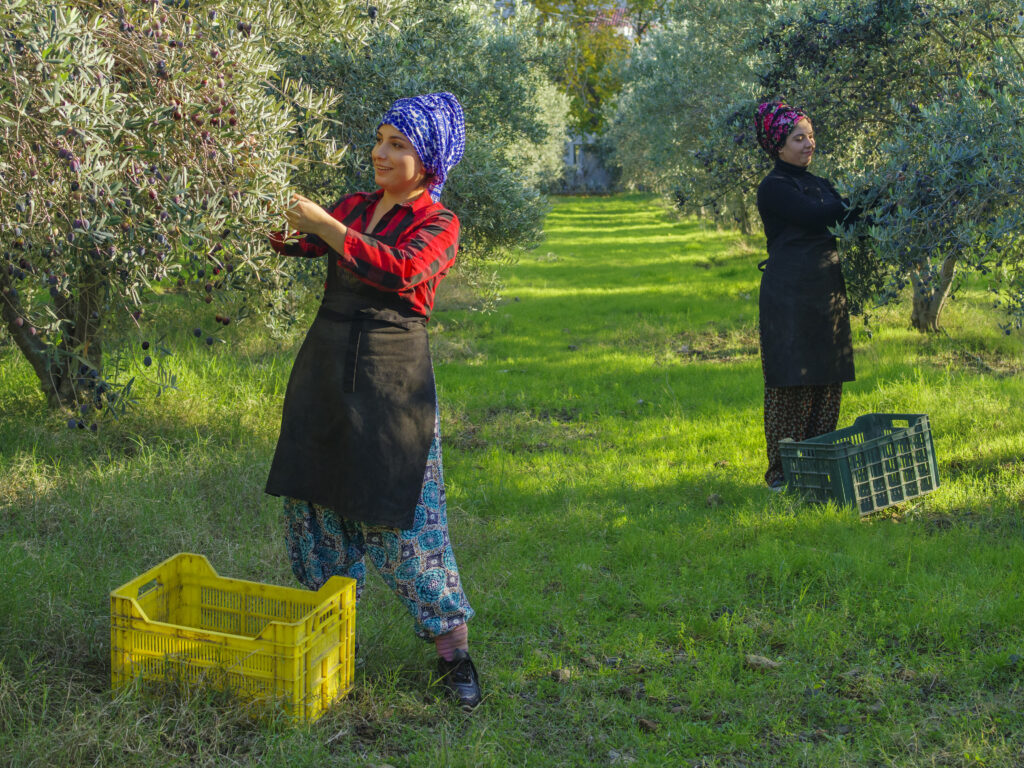As the tourism industry emerges from the rubble of the pandemic, it would be hard to argue that the situation for many of our favourite holiday destinations is anything but challenging. Tourism was one of the hardest hit economic sectors during the pandemic, with restrictions on travel impacting millions of livelihoods and jobs, forcing many businesses to close and depriving social and conservation initiatives of funding. For those places that rely most heavily on visitors, the restrictions on travel were particularly devastating. Now that borders have reopened and the tourism sector has begun its tumultuous recovery, destinations continue to find themselves in an uncertain situation with the ongoing threat of new COVID variants, burgeoning geopolitical crises, increasing costs and labour shortages, as well as extreme weather events resulting from our changing climate. Amongst all of this, however, is a kernel of hope for a better future for tourism, with increasing awareness of the need for a fundamental change in the way destinations are managed.
Over the past two years, there has been much talk of the need and opportunity to ‘build back better’ – a recognition that tourism needs to move away from a business model based on growth in visitor numbers, which served destinations and their communities poorly. Encouragingly, there are now signs that some of this rhetoric is leading to change. Two of the top ten trends for tourism in 2022, listed by leading travel industry news source Skift, were a renewed urgency on cutting carbon emissions, and the inclusion of residents within tourism management. These trends have been driven in part by investor and shareholder priorities, which are increasingly focused on a transition to a more sustainable economy, reflecting concern about the increasing liability of a carbon-heavy industry. Alongside this, customer attitudes are also strengthening. Last year in a Booking.com survey, 71% of global travellers reported a desire to travel more sustainably in the coming 12 months, up 10% on the previous year, with many other consumer surveys showing similar results. Added to this is the increased awareness and concern amongst destination communities about the impacts of tourism. Those that enjoyed a respite from the pressures of overtourism due to travel restrictions are often now questioning the extent to which they want tourism to return in the same capacity.

There are plenty of examples that back up these trends, including a renewed urgency to confront climate change, highlighted most significantly by the launch of the Glasgow Declaration on Climate Action in Tourism in November 2021, which the Travel Foundation helped to launch alongside the UN World Tourism Organisation (UNWTO) and others. The Glasgow Declaration aligns tourism organisations around a common goal of halving emissions by 2030. Over 600 organisations have signed up so far, committing to creating climate action plans and reporting on progress. Another important development has been an increase in transparency from booking platforms Google and Skyscanner, which are now demonstrating the greenhouse gas emissions associated with flights, as they cooperate through the Travalyst initiative.
“Over the past two years, there has been much talk of the need and opportunity to ‘build back better’ – a recognition that tourism needs to move away from a business model based on growth in visitor numbers”
These are welcome developments within an industry that has, to date, been slow to respond and that has a carbon footprint projected to grow exponentially if business as usual continues. There is still a long way to go for the travel industry to truly grasp the nettle of this most pervasive of challenges which threaten not only the resources on which tourism relies such as coral reefs, snowy mountains, coastal resorts, fresh water supply, and food security, but also humanity’s fundamental willingness and ability to travel. It is heartening to see destinations such as Norway leading the way with its bold commitment and strategy to halve CO2 emissions in the local tourism industry by 2030, and to reduce the carbon footprint resulting from visitors’ transport to, from and around Norway by 10%. The Travel Foundation is now working with the UNWTO to extend the Glasgow Declaration by offering resources that will enable signatories to create practical plans of action, and by bringing together the many different organisations to find solutions to the many, shared challenges.


It is also hugely significant that we are seeing more destinations move from a marketing to a stewardship approach that focuses on delivering wider and longer-term value for the destination and its communities. For some, the driver for this change has been the “pause” in tourism during the pandemic, providing time to reflect and imagine new paradigms. Others, however, faced a massive growth in visitor numbers, as tourists faced with foreign travel restrictions flocked to domestic, outdoor destinations instead. This surge in tourists also brought with it an escalation of impacts on local communities, such as overcrowding, increased waste, pressure on water supplies, pollution, and damage to natural and cultural assets. Both extremes served to highlight to destination managers and communities the costs of tourism that often builds up over time and goes unrecognised and unaccounted for. Now, some of these destinations are seeking a long-term solution by moving to a more community-focussed style of tourism. For example, the US destinations of Vail, Tahoe and Port Aransas have each been working with the Travel Foundation to create new stewardship plans and to engage residents in their planning process. Tourism Vancouver Island has taken the move a step further, recently announcing its transition to a non-profit social enterprise, renamed 4VI to represent the four pillars of community, business, culture, and environment. The destination is putting local communities at the heart of its purpose, focusing on using tourism development to improve quality of life.
These examples highlight that it is becoming harder to return to old models of tourism focused on growing visitor numbers, and more attractive to move towards a model that delivers value for the location as a whole. Those destinations that adapt will reap the benefits of tourism that is both resilient to future threats, and that delivers positive benefits for their communities, with those destinations that adapt soonest likely to benefit the most.

